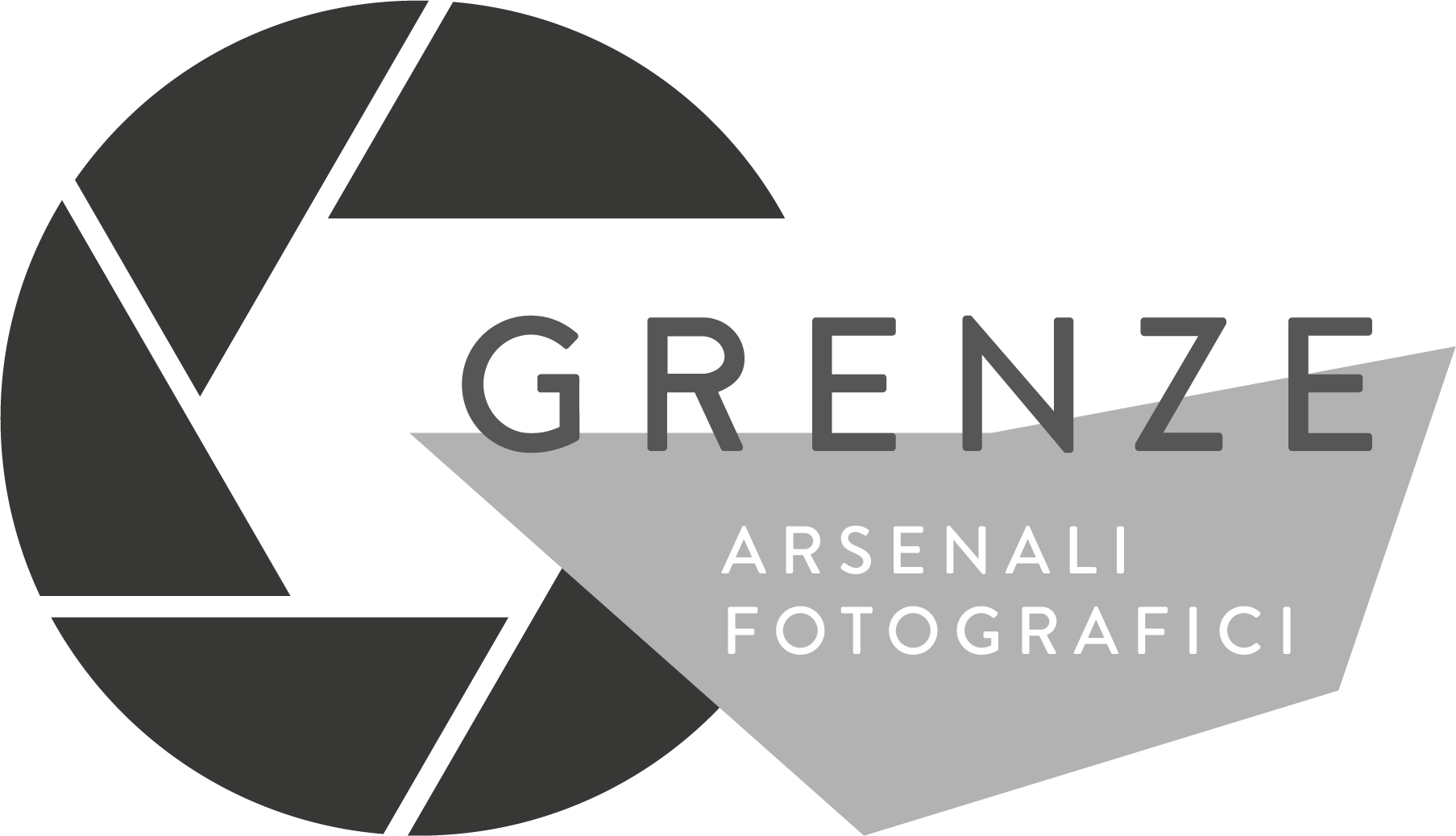Cuando el recuerdo se convierte en polvo
Un lignaggio senza diritti: un approccio all'opera di Ricardo Miguel Hernández.
Per Ricardo Miguel, il concetto di famiglia è sempre stato una grande preoccupazione. Negli ultimi anni si è dedicato a una serie di lavori, straordinari nella sua poetica, con i quali è riuscito a sfogare le sue ossessioni in questo senso.(Chi conosce a Miguel personalmente sa dell'esplorazione che l'artista ha sviluppato negli ultimi dieci anni sulla propria identità: fa tesoro di tutti gli episodi del passato famigliare che é stato in grado di salvare dall'oblio collettivo sofferto a Cuba.)
La complessa e ricca trama concettuale alla base del processo di lavoro di: "Quando la memoria diventa polvere", quindi, ha risonanze personali. Tuttavia, riflette anche gli squilibri emotivi che affliggono la nostra società. Questa serie riunisce oltre un centinaio di collage fotografici, per lo più piccoli. Ognuno contiene una storia inattaccabile perché enigmatica, una sintesi di eventi ed esperienze degli altri e del passato. Sono una sorta di capsule. Hanno un potere
narrativo inestimabile, ma soprattutto indecifrabile. I personaggi, le scene, i paesaggi, anche le idee nascoste in essi, non ci appartengono.
L'artista ha iniziato questo lavoro nel 2018, dopo alcuni anni collezionando vecchie fotografie. Inizialmente li acquistò dalla sua famiglia e dai suoi amici, ma alla fine fu costretto ad andare dagli intrepidi commercianti di antiquariato dell'Avana, che in breve tempo
sarebbero diventati la sua principale fonte di acquisizione e la guida segreta dei suoi meccanismi di lavoro. Nel modo di fare di quelli avrebbe trovato il suo.
È così che ha creato un archivio fotografico. Molti dei pezzi ottenuti rappresentano personaggi totalmente sconosciuti; la maggior parte delle foto mancano di valori artistici trascendentali; piuttosto sono documenti vintage, ricordi di famiglia, oggetti personali fuori posto. Questo tipo di raccolta, un po’ ossessiva, può essere assurda per molti. Per Miguel è un atto di resistenza storica all'oblio, poiché tutto quel materiale correva il rischio di essere trasformato in polpa e annebbiato per sempre.
"Oggi, quando siamo così abituati al riciclaggio e all'impossessarsi della memoria a breve termine, è alquanto romantico pensare che un'immagine sia un bene indistruttibile", spiega l'artista stesso.
"Ho acquisito queste foto dalle mani di persone che non hanno alcun contatto emotivo con loro; e senza volerlo, acquisisco anch'io quella mancanza di emozioni legate alle foto. Loro corrispondono principalmente a persone decedute, più terribile ancora, a persone dimenticate: i loro parenti hanno venduto o scartato i loro ricordi. Quindi, più che foto acquisii anime erranti."
Miguel non cerca di contraddire quel processo triste, di sublimare o riscattare; non sovverte la disumanizzazione subita da questi oggetti, al contrario, approfitta della condizione che li affligge. Qual é il vero contenuto della sua proposta allora? In quale luogo della conoscenza ci porta la partecipazione a una così peculiare paranoia sociale?
L'artista ci avvisa, senza ricorrere a grandi disaffezioni: qui in gladio occiderit, gladio peribir.
"Quando la memoria diventa polvere" non è un semplice contenitore. È una riflessione sul concetto di detritus sulla valorizzazione emotiva dell'identità collettiva in una società come quella di Cuba, che è stata manipolata ideologicamente, contaminata dalle radiazioni di altre culture, interrotta dalla paura e dall'incomprensione. È un'opera escatologica con un valore antropologico inestimabile, che si rammarica più dal futuro che dal suo passato stesso.
Le foto arrivano nelle mani di Miguel totalmente malprovviste, nomadi. Manipolando esse - un'azione che implica un esercizio subliminale in grado di tagliare, rimontare, ricaricare - le fa acquisire un'energia nuova e inquietante. C'è molto mistero nell'atto, e anche nel risultato finale. Ma l'artista è molto attento ad esporre in loro la cicatrice della propria assenza, la rottura dei suoi legami, le tracce dell'implacabile violenza dell'oblio. Un'altra identità viene reinventata dal cinismo implicito in detta operazione. Gli argomenti relativi alla famiglia, allo status di classe, alla sessualità, alla religione o alla razza sono attivati in modo disinvolto e crudo. La tecnica del collage gli consente di smantellare questione di grande impatto morale ma anche di esporre conflitti culturali messi a tacere dal potere dominante ufficiale. I ritratti di Miguel ci allarmano per la deturpazione che propongono e ci rimandano al nostro passato storico più vicino (Cuba), un episodio privo di chiarezza. Inoltre, manifestano il corso dei venti attuali, "Quando la memoria diventa polvere" è come una grande mascherata, dove il oggi e il ieri finalmente si incontrano (scontrano?).
Quando Miguel mi ha presentato per la prima volta questi pezzi, mi sono ricordato del lavoro dell'artista francese Christian Boltanski. I punti di contatto tra le loro opere sono chiari: partono dalla fotografia, considerandole non più come supporto, ma come oggetto.
Ma dobbiamo insistere sulle differenze tra loro. Boltanski crea i suoi assemblaggi mistici partendo dal dolore e dalla chiara dimensione sociale che, per lui, ha questo sentimento. Nel frattempo, Miguel parte dall'accusa, più precisamente, da un tipo di rimprovero con una dimensione ontologica: quando il passato di una famiglia - o di una nazione - viene venduto, bruciato, dimenticato; il suo futuro è condannato a morte. Quando il ricordo si trasforma in polvere, la promessa di vivere altri giorni, altri fiori, perisce in esso. Forse,
dopotutto, sia vero che le stirpi condannate a cento anni di solitudine non hanno diritto a una seconda possibilità sulla terra.
Luis Enrique Padrón
Madrid, aprile 2020
www.ricardomiguelhernandez.com
ENG VERSION
